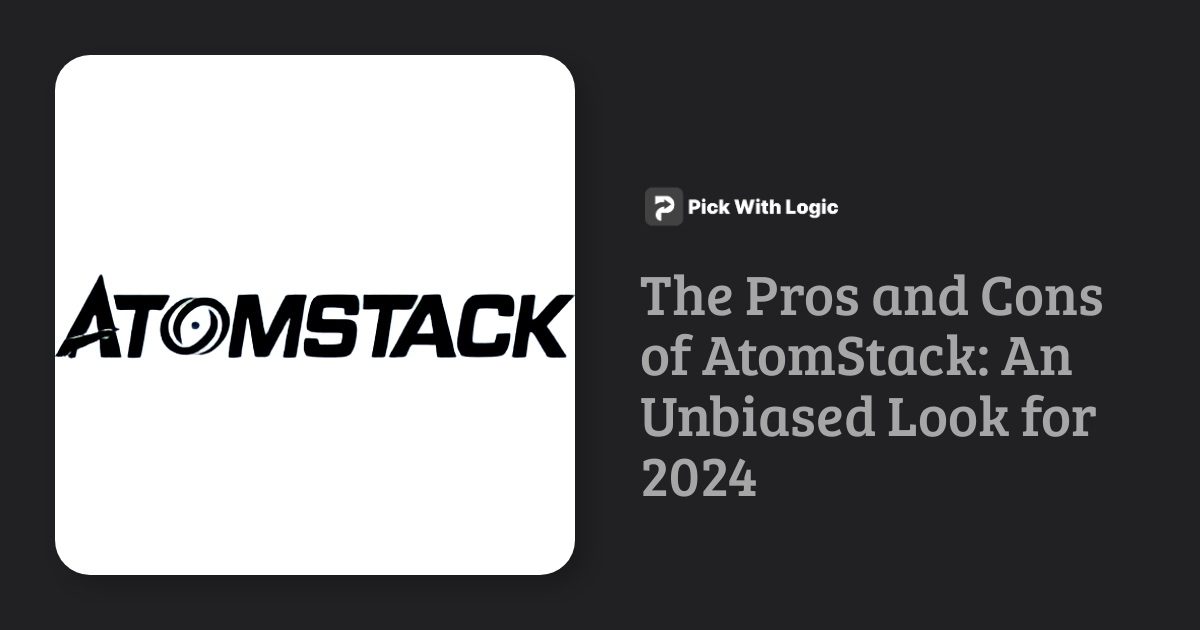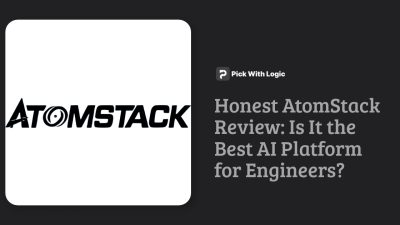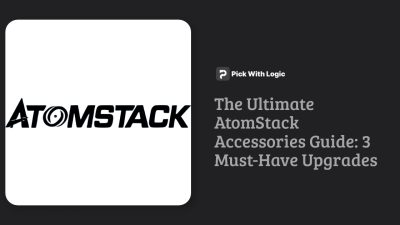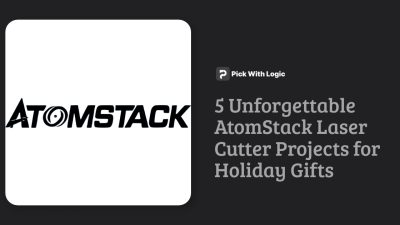Unlock the hidden power of cutting-edge knowledge up to October 2023. Explore unique insights and uncover mysteries shaping the future of innovation, technology, and expertise.
Choosing the right development platform can make or break a project. In a landscape filled with complex tools and frameworks, engineering teams are constantly searching for solutions that accelerate development without sacrificing security or scalability. AtomStack has emerged as a powerful contender, especially for building internal tools and APIs. But is it the right fit for you?
This article provides an unbiased look at the AtomStack pros and cons in 2024. We'll dive into its key strengths, potential limitations, and the ideal user profile to help you make an informed decision.
The Pros: Why Development Teams Choose AtomStack
AtomStack's popularity is built on a foundation of features designed to solve common development bottlenecks. Here are its most significant advantages.
1. Blazing-Fast Speed of Deployment
In today's fast-paced environment, speed is a competitive advantage. AtomStack is engineered to drastically reduce the time it takes to go from concept to a live application. By handling server management, infrastructure provisioning, and deployment pipelines, it allows developers to push code to production in minutes, not weeks. This rapid iteration cycle is invaluable for teams that need to respond quickly to internal business needs.
2. Exceptional Ease of Use for Developers
The platform is built by developers, for developers. AtomStack prioritizes a best-in-class developer experience (DX) by allowing engineers to work with the languages and frameworks they already know. Instead of wrestling with complex cloud configurations or boilerplate code, they can focus on writing business logic. Features like integrated authentication, automatic scaling, and streamlined logging take the operational burden off the team, letting them do what they do best: build great software.
3. Robust, Enterprise-Grade Security
When building internal tools that handle sensitive company data, security cannot be an afterthought. AtomStack bakes security into its core. With built-in features like granular access controls, secure data handling, and compliance with industry standards, it provides a secure-by-default environment. This saves teams from having to build and maintain their own security infrastructure, reducing risk and ensuring peace of mind.
The Cons: A Balanced Look at Potential Limitations
No platform is perfect for every use case. To provide a fair analysis, it's crucial to understand where AtomStack might not be the ideal choice.
1. Suitability for Highly Complex ML Models
While AtomStack is more than capable of handling integrations with standard AI/ML services and APIs, it may not be the optimal platform for teams training and deploying extremely large, computationally intensive machine learning models from scratch. For those highly specialized scenarios, a dedicated MLOps platform designed specifically for the ML lifecycle might offer more granular control and performance tuning.
2. A Learning Curve for Non-Developers
AtomStack is a developer-centric tool, not a no-code or low-code platform. Its power lies in empowering engineers to build efficiently. Consequently, team members without a technical background, such as product managers or business analysts, will find it has a steep learning curve. If your goal is to enable non-technical users to build applications via a drag-and-drop interface, a different category of tool would be more appropriate.
Who is AtomStack Best For?
Considering the pros and cons, a clear ideal user profile emerges. AtomStack is best for engineering teams tasked with building, deploying, and maintaining internal tools, custom APIs, and data-driven workflows.
This includes:
- Startups and Agile Teams: Groups that need to move quickly and build internal dashboards, admin panels, or customer support tools without a dedicated infrastructure team.
- Enterprise Engineering Departments: Teams within larger organizations that need a standardized, secure, and efficient way to build applications for various business units, from finance to operations.
If your team is focused on shipping robust internal applications and wants to abstract away the complexities of infrastructure, you should explore the full capabilities of AtomStack on their website.
Conclusion: Your Final Verdict
Ultimately, the decision to use AtomStack hinges on your team's specific needs and skill set. It is an exceptional platform that delivers on its promise of speed, developer experience, and security, making it a powerful accelerator for any engineering team building internal applications.
By understanding its strengths and its limitations—namely for non-technical users and highly specialized ML workloads—you can confidently determine if it's the right solution to supercharge your development cycle.
Have questions about how AtomStack fits your specific needs? Talk to an expert.





